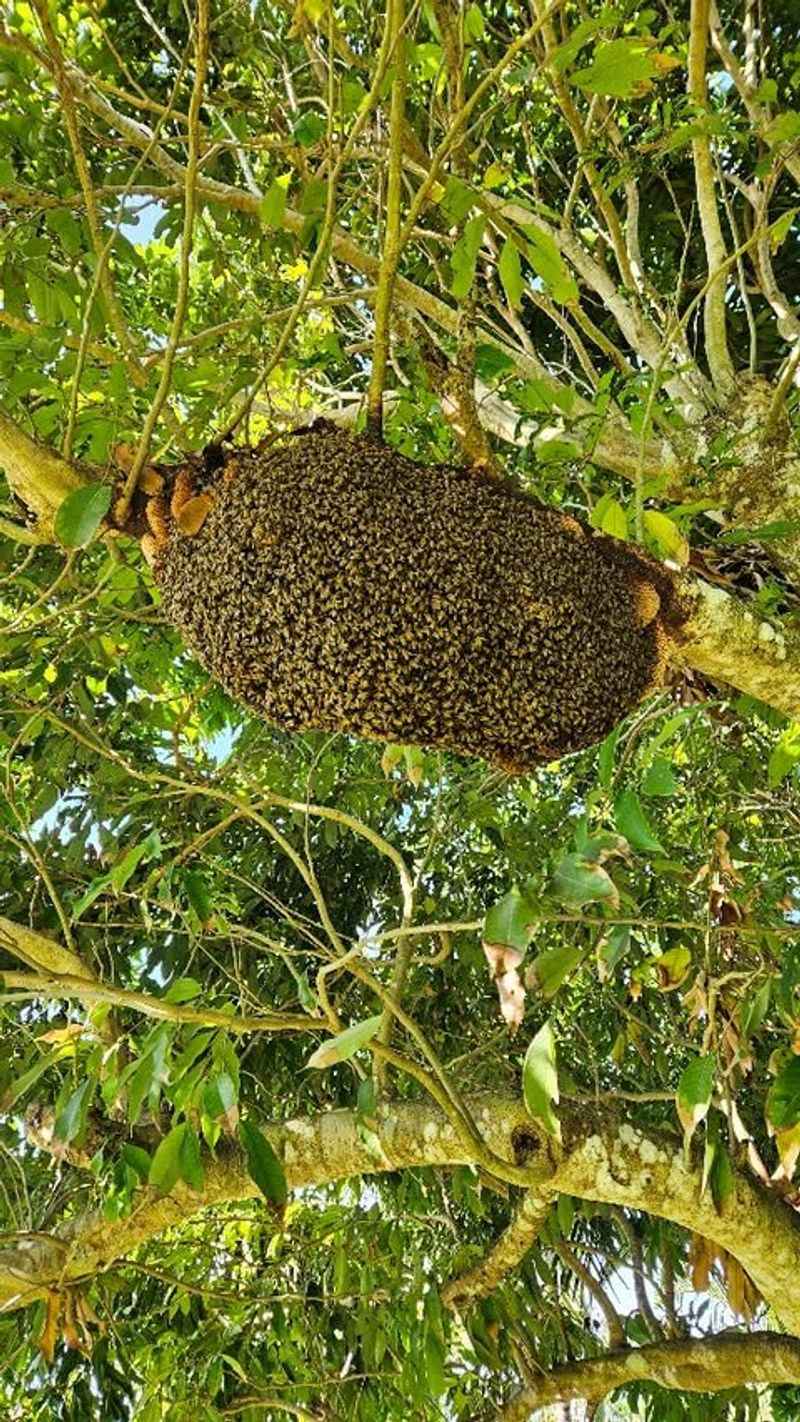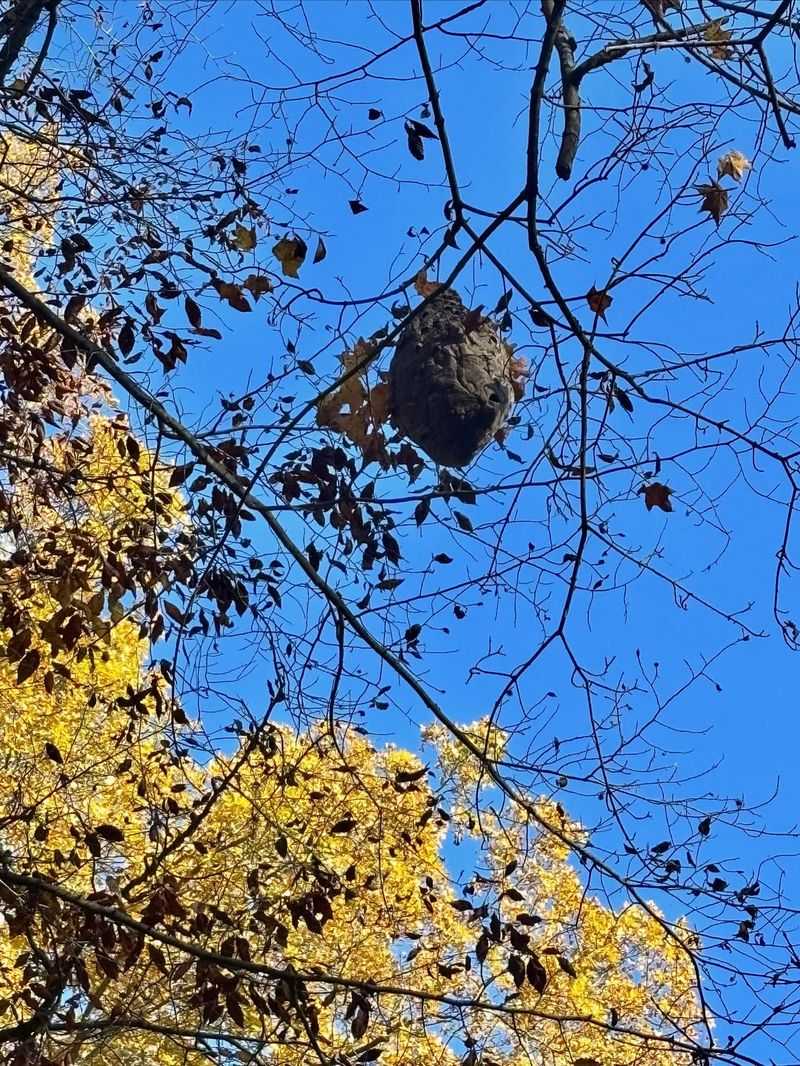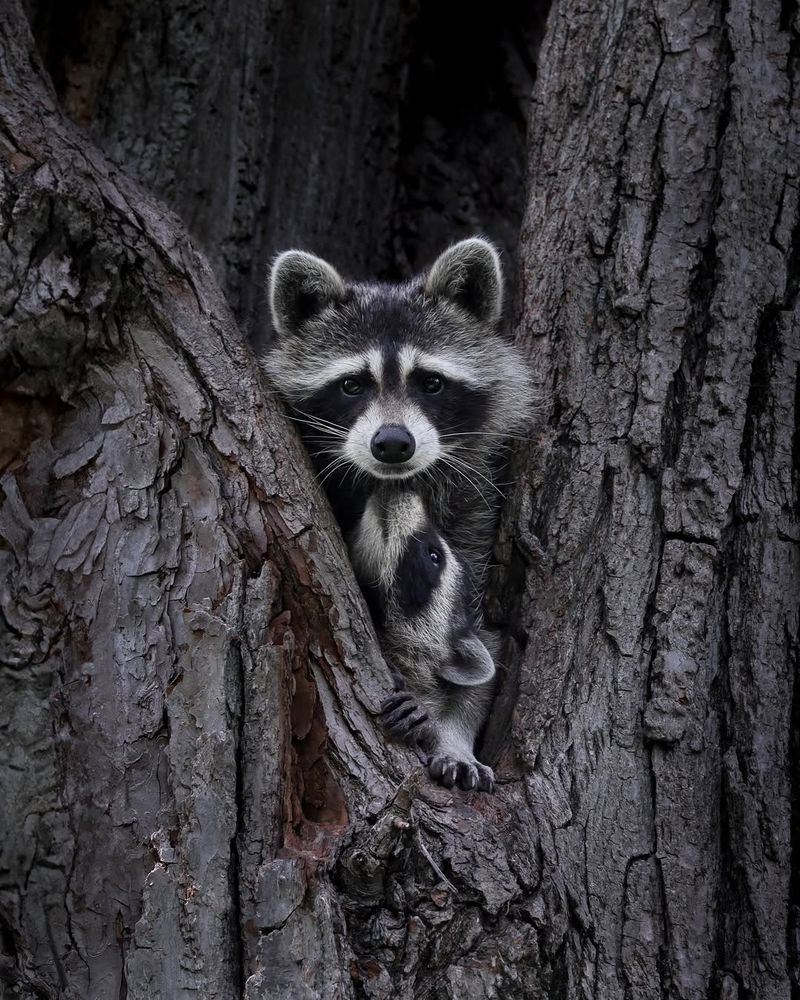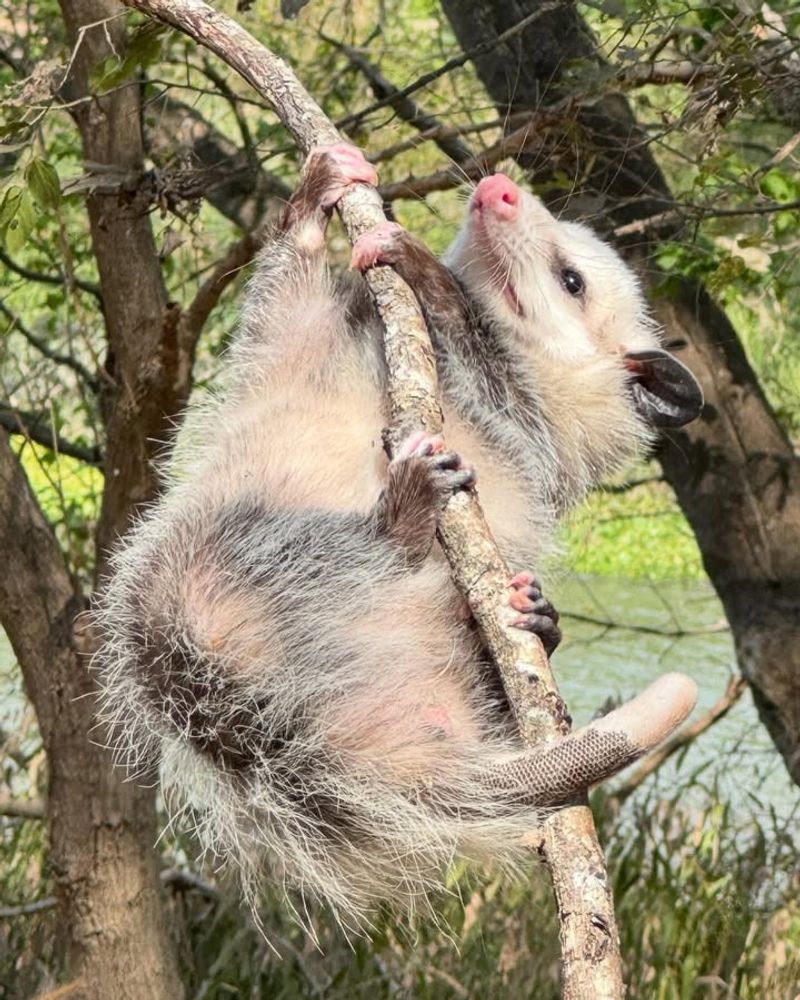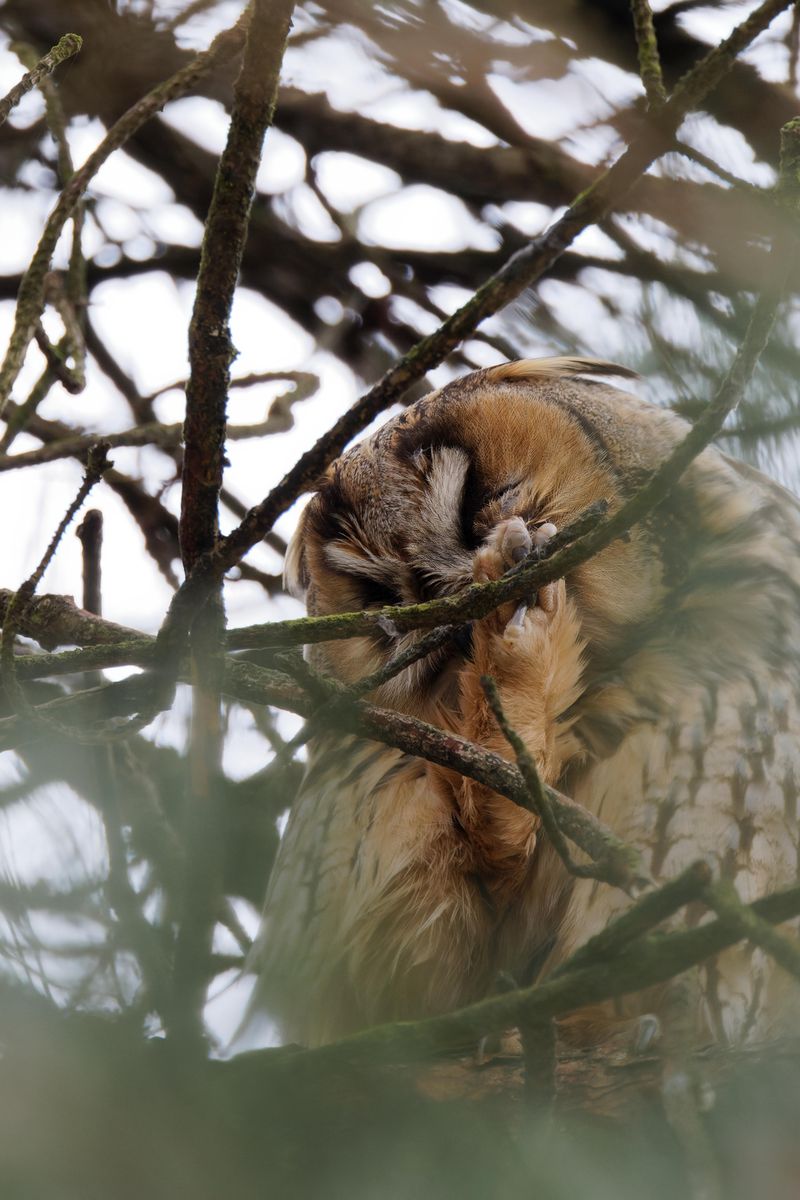Texas trees are full of surprises, and sometimes the odd bundle of leaves you spot isn’t a nest at all. I remember doing a double take the first time I saw one hanging in my yard.
It looked convincing from a distance, but the real explanation was much more unexpected. Once you know what you’re looking at, those tree “nests” suddenly make a whole lot more sense.
1. Massive Beehives Buzzing with Activity
Honeybees love finding hollow spots in Texas trees to build their elaborate hives. A single colony can house thousands of bees working together to produce honey and raise young. You might notice increased bee activity around a particular tree or even hear a low humming sound.
While bees are beneficial pollinators, a hive too close to your home can pose safety risks. If you discover one, contact a local beekeeper or pest control professional who can safely relocate the colony without harming these important insects.
2. Sneaky Squirrel Dreys Built from Twigs
Fox squirrels across Texas construct leafy homes called dreys that look like messy clumps of sticks and leaves wedged in tree forks. Unlike bird nests, dreys are typically larger and more loosely constructed with an inner chamber lined with soft materials.
Squirrels often build multiple dreys throughout their territory as backup shelters. During winter months in Texas, you can spot these structures more easily when deciduous trees lose their leaves, revealing the hidden architecture above.
3. Paper Wasp Nests Hanging Like Umbrellas
Paper wasps create distinctive umbrella-shaped nests from chewed wood fibers mixed with their saliva. In Texas, these nests commonly appear on tree branches during spring and summer months, growing larger as the colony expands.
Each hexagonal cell houses developing wasp larvae, and the colony can become quite protective of their home. Keep your distance if you spot one, as disturbing the nest can trigger aggressive defensive behavior from the entire colony living inside.
4. Raccoon Dens Inside Hollow Trunks
Clever raccoons throughout Texas often claim hollow tree cavities as cozy dens for raising their young. Mother raccoons prefer these natural shelters because they offer protection from predators and harsh weather conditions.
You might notice scratch marks on the bark or spot fur caught around the entrance hole. Raccoons are nocturnal, so you’ll probably hear rustling sounds at night rather than seeing them during daylight hours when they’re sleeping inside their tree hideaway.
5. Termite Colonies Eating Wood from Within
Subterranean termites silently invade Texas trees, creating extensive tunnel systems inside the wood that weaken the entire structure. Unlike surface damage, termite activity happens deep within the trunk where you can’t easily see it until significant harm occurs.
Warning signs include hollow-sounding wood when tapped, mud tubes running up the bark, or small piles of sawdust-like droppings near the base. Catching an infestation early can save your tree and prevent these destructive insects from spreading to nearby structures.
6. Opossum Families Nesting in Branches
Virginia opossums regularly make temporary homes in Texas tree branches, especially when mothers need safe spots to rest with babies clinging to their backs. Unlike permanent residents, opossums move frequently between different shelter locations.
Opossums are North America’s only marsupials and actually benefit your yard by eating ticks, insects, and small rodents. They’re generally harmless and shy, preferring to play dead when threatened rather than attacking, making them surprisingly gentle neighbors in your backyard ecosystem.
7. Barn Owl Roosts in Quiet Corners
Barn owls seek out quiet tree hollows across Texas as daytime roosting spots where they rest between nighttime hunting sessions. Their heart-shaped faces and ghostly appearance make them unforgettable sights if you’re lucky enough to spot one.
Look for telltale signs like regurgitated pellets containing fur and bones beneath the tree, or listen for their distinctive screeching calls at dusk. Having barn owls nearby is actually beneficial since they control rodent populations naturally without chemicals or traps.


